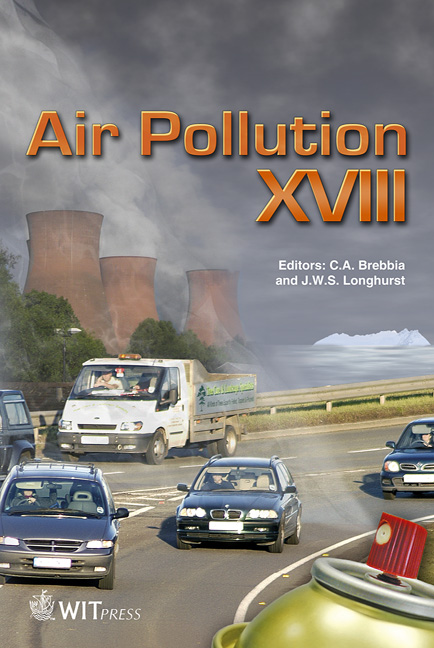Cyclones As PM10 And PM2.5 Emission Measurement Classifiers
Price
Free (open access)
Transaction
Volume
136
Pages
12
Page Range
395 - 406
Published
2010
Size
369 kb
Paper DOI
10.2495/AIR100351
Copyright
WIT Press
Author(s)
J. Hemerka, M. Braniš & P.Vybíral
Abstract
Two cyclone classifiers D = 78 and 32 mm for emission measurement of particle fractions PM10 and PM2.5 were developed at our department as a part of R&D activities. Verification tests of the cyclones were generalized in the form of criteria relations Stkm = f(Re). These relations tell us how the cyclone classification ability given by the value of Stokes number Stkm for the aerodynamic cut size a1,m changes in dependence on the sample volume flow rate V of the gas generalized by Reynolds number Re. By a subsequent analysis of both non-dimensional criteria relations the dependances of the sample volume flow rate on the gas temperature V = f(t), where cyclones classify as PM10 and PM2.5 classifiers, were derived for both dry air and flue gases from combustion of lignite and hard coal in the usual range of excess combustion air coefficients and vapour contents. From the individual dependences V = f(t) for both cyclones it follows that : The dependance of V (m3/h) on gas temperature t (°C) is significant. Dependances V = f(t) for dry air and combustion flue gases significantly differ (from 12 to 13%). For coal combustion the differences of the corresponding volume flow rates depend on the flue gas composition and differ in the range of several percent. Differences between volume flow rates for hard coal and lignite combustion are not very significant. In all mentioned cases, the corresponding volume flow rates for gas temperature up to 200°C change in the range from 2 to 6 m3/h (usual sample volume flow rates in emission measurements) and the cyclones D = 78 and 32 mm can be thus used as PM10 and PM2,5 emission classifiers. Keywords: emission measurement, PM10 and PM2,5 fraction, cyclone separator.
Keywords
emission measurement, PM10 and PM2,5 fraction, cyclone separator





